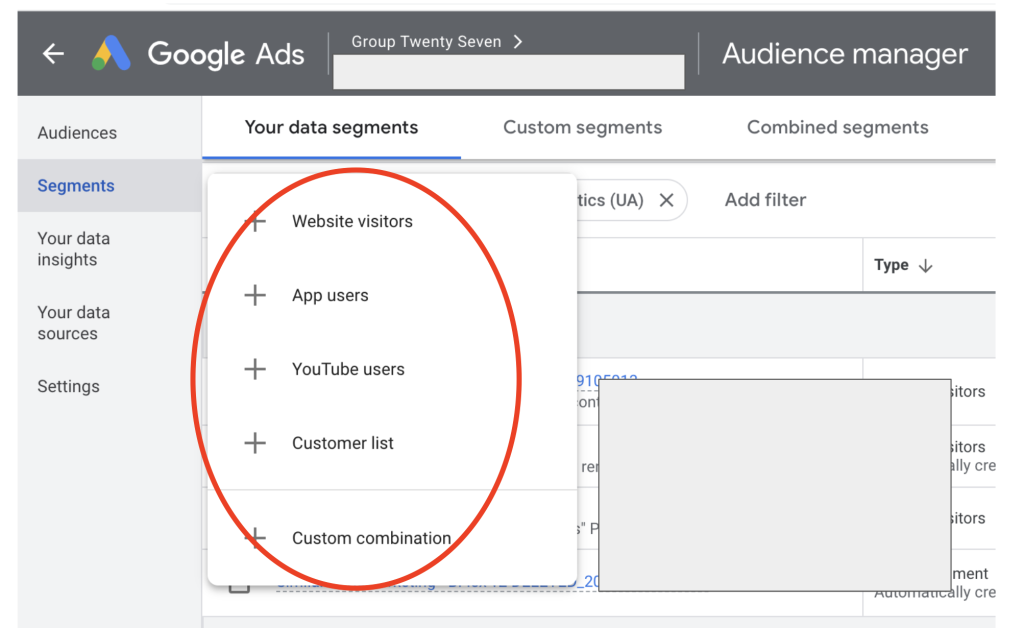As PPC pros, we’re trained to look for new ways to optimize our PPC programs.
But in this quest, our natural bias is to focus on the big stuff, like revamping account structures or updating landing pages. These projects can make a real difference in performance but take time to complete.
Fortunately, not every optimization has to be a weeks-long project. Some optimizations are relatively quick and simple but can still pack a punch. Here are three you may have overlooked.

1. Reevaluate Microsoft Ads
Many advertisers only advertise on Google networks, where competition can be high. In contrast, fewer advertisers are on Microsoft Ads.
With less competition, some advertisers effectively squeezed out of Google Ads can still get some traction on Microsoft. It’s one reason I’ve always advocated for Microsoft Ads.
True, the volume of leads and sales we get for our clients with Microsoft Ads is typically only 5% to 10% of what we get from our Google programs. But still, that’s not an insignificant amount, especially for B2Bs in competitive spaces.
But unfortunately, Microsoft Ads is changing – and not for the better.
The context
Earlier this year, Microsoft announced that the Microsoft Audience Network is now integrated with their search network. You have no option but to advertise in both spaces. You can’t opt out of one or the other.
Naturally, Microsoft touts the value of being in both networks, writing:
“We’ve conducted studies across accounts that are running search and audience traffic to understand the incremental value for advertisers. We found that advertisers maximize performance and drive lift when combining their Microsoft Search and Audience Network efforts.”
In theory, this sounds great. I’ve always believed in future-proofing your brand with campaigns that grow awareness – so it’s not like I have anything against the Microsoft Audience Network.
But still, I would much prefer to control the terms of how I advertise.
When Microsoft made this change, it initially didn’t seem like a big deal. Microsoft assured us that while we couldn’t opt out of the Audience network, we could add a few main exclusions to cover us.
So everything would be okay, right?
Moving away from Microsoft
At the time of this writing, this change took place about three months ago.
Some of our client accounts remain largely unaffected. But one of our larger accounts is hurting and bad.
Despite daily monitoring and updating of site exclusions, we haven’t been able to turn things around.
No matter what we do, Microsoft keeps increasing impressions and ad spend on the Audience Network, with little to show for it.
Performance has been so dismal we’re at the point of recommending that this client funnel their Microsoft Ads budget to Google or LinkedIn instead.
2. Rethink retargeting
Retargeting (now known as Audience Segments) may seem a little 2010. But it is still around because it’s a great way to re-engage with someone previously engaged with you.
However, retargeting is widely underutilized and a little bit misunderstood.
The context
If you haven’t refreshed your thinking about retargeting recently, here are three reminders about how to optimize it:
Narrow your focus
Retargeting has been around for so long that we forget it’s not just a way to reach people who have previously visited a website.
You can also retarget people who’ve viewed a particular video on your YouTube channel, any video on your YouTube channel, or your video ad (or some combination of the three) – making it even more targeted.
As you can see from the image below, you have multiple targeting options, from website visitors to app users to YouTube users and more:

Add exclusions
Don’t forget to exclude audiences that you don’t want to retarget. These could be:
- People who have already converted.
- Past customers who are unlikely to purchase again.
- Audiences who aren’t relevant to the category of solutions or services you’re promoting.
Unless your business is very narrow with one point of focus (e.g., you sell only one product to one type of audience), you should never target all previous website visitors.
Audit your audiences regularly
Retargeting isn’t “set and forget.” As your business changes and grows, you’ll need to update the audiences you target accordingly. Have you added a new service line or adjusted your target market? Make sure those changes are reflected in the audiences you target.
Retargeting with a limited budget
We applied these strategies recently when a B2B client gave us a special launch budget to create awareness for a new product.
The budget wasn’t huge. So rather than retargeting people who had visited the client’s website, we retargeted people who had watched a video of the new product in action – a much smaller segment of prospective customers.
The result? This strategy worked extremely well for this client – and at a very reasonable cost.
3. Revisit sitelinks
Like retargeting, sitelinks have also undergone a recent name change, now known as “assets” instead of “extensions.” Whatever they’re called, they remain my favorite ad extension.
The context
Like retargeting, sitelinks are ripe for optimization. Many advertisers fail to optimize them in three ways:
Not quickly fixing disapproved sitelinks
Every PPC Pro knows that ads can get disapproved. Most of us monitor and address these disapprovals promptly.
But just like ads, sitelinks can also be disapproved. Unfortunately, the reporting of disapproved sitelinks isn’t nearly as obvious, and they’ll often go unnoticed until an account is audited.
Not turning off automated sitelinks
Turning off automated sitelinks is another way to optimize. We do this as a matter of course whenever we onboard new clients.
Generally, we don’t like to give Google permission to create content on our behalf. At a minimum, we want the opportunity to review and approve.
That’s not to say that Google creates bad sitelinks, exactly. It’s just that, in our experience, Google-created sitelinks rarely align with our client’s goals.
Not implementing a sitelink strategy
As hinted above, you want your sitelinks to support your goals.
If one of your goals is to sell products, you should create sitelinks to support that goal. Maybe you could use them as a way to upsell or cross-sell products.
However, even if sales is your primary goal, you don’t want to overdo it. Not every sitelink has to be (or should be) sales-y.
Save some sitelinks to grow brand awareness or tell people about your new product. Use them to provide helpful information, such as links to educational webinars or other events.
Optimization doesn’t have to be long or complex
Optimization is a never-ending task. But that doesn’t mean every optimization must be difficult or time-consuming.
Sometimes minor changes, whether that’s shifting budget from one platform to another or retargeting a slightly different audience group, can happen in mere minutes – as these three examples prove.
This article was originally published on Search Engine Land.






